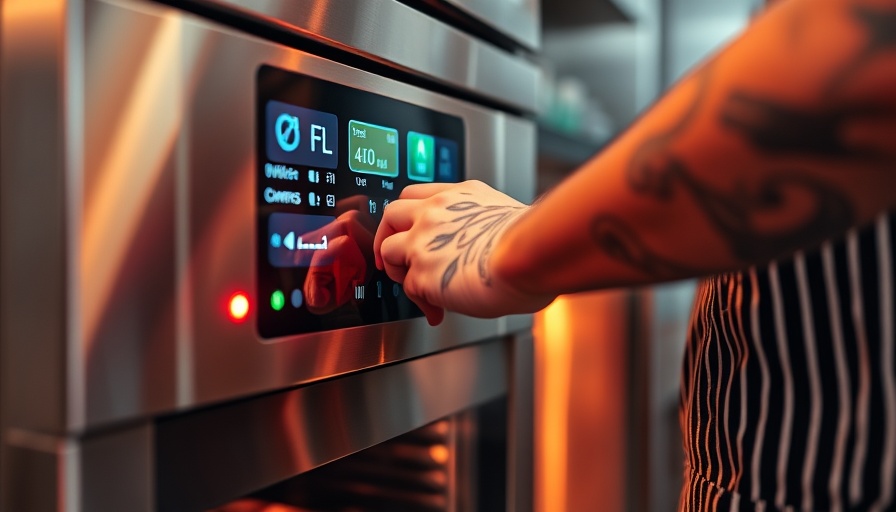
The Dynamic Dance of Safety in Industrial Kitchens
Working in an industrial kitchen can be thrilling, but it's essential to acknowledge the inherent dangers that come with the action-packed environment. From the sizzle of pans to the hum of sophisticated machinery, industrial kitchens are alive with opportunity—and risk. Accidents occur, and while some are unavoidable, we can glean valuable lessons from kitchens that have faced mishaps. Understanding risks and reinforcing safety can transform how kitchens operate.
A Culture of Safety: The Key to Mitigating Risks
Central to reducing kitchen mishaps is fostering a culture that prioritizes safety. The open flames, sharp knives, and slippery surfaces are all common hazards, but the more insidious risks often stem from fatigue or complacency. Encouraging staff to maintain vigilance can alleviate these dangers. When team members are made to feel invested in safety protocols, they're more likely to adhere to practices that reduce the likelihood of accidents.
The Toolkit for Enhancing Kitchen Safety
To create a safe working environment, conducting regular risk assessments is crucial. These checks allow for the identification of potential hazards and the implementation of preventative measures tailored to specific risks. Training programs based on these assessments can help staff understand the machinery they work with, ensuring they feel comfortable and aware of any challenges. This acknowledgment can dramatically lower the risk of machinery-related accidents.
The Power of Leadership in Safety Practices
Leadership plays a vital role in enforcing a culture of safety. When managers set an example by following safety protocols, they inspire others to do the same. Implementing clear rules with consistent enforcement fosters accountability. Any hesitance from employees about new safety measures should be met with open dialogue—addressing feedback ensures that all team members feel valued and heard, enhancing their commitment to maintaining a safe kitchen.
Why Safety Matters: A Safety-Conscious Culture Benefits All
A proactive approach to safety not only protects employees but can also shield businesses from legal repercussions. UK law mandates a safe working environment, and neglecting this responsibility can expose an employer to legal challenges. Encouraging an environment where safety is paramount thus transforms workplace dynamics, leading to less stressful and more productive kitchen settings.
 Add Row
Add Row  Add
Add 




Write A Comment